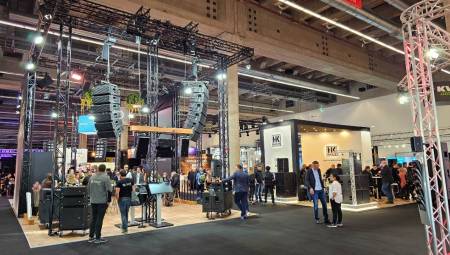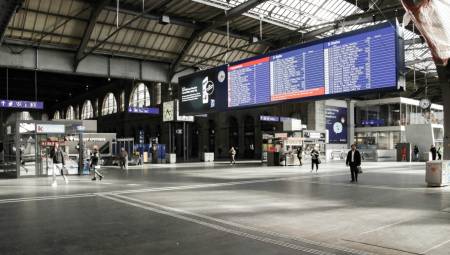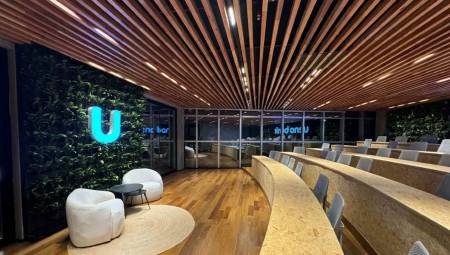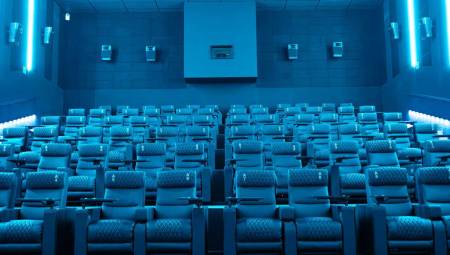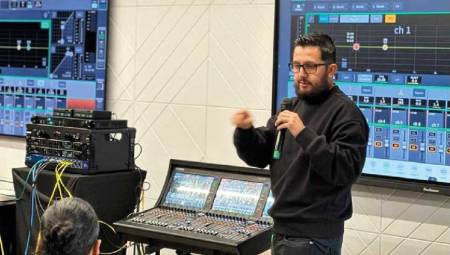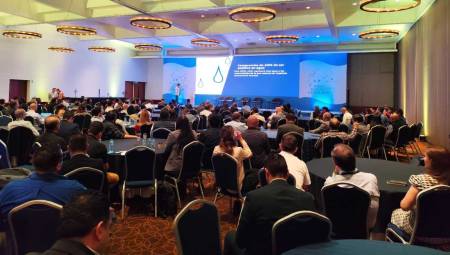 Audio is one of the most used elements both in real life and in theater, cinema, music and other manifestations that need it to be able to recreate the environments and present themselves as desired. In cinema, for example, sound makes attendees understand the messages of films thanks to dialogues, ambient sound and music; therefore we could say that having high performance teams allow the message to be delivered to the spectators of any type of event, either outdoors or in an enclosed area.
Audio is one of the most used elements both in real life and in theater, cinema, music and other manifestations that need it to be able to recreate the environments and present themselves as desired. In cinema, for example, sound makes attendees understand the messages of films thanks to dialogues, ambient sound and music; therefore we could say that having high performance teams allow the message to be delivered to the spectators of any type of event, either outdoors or in an enclosed area.High-performance sound systems are designed to meet the reliability and safety parameters necessary for applications in which they are used such as commercial and industrial sound, sound for entertainment, live sound and car audio.
The characteristics of these systems depend on the places or projects where they are going to be implemented, since the application varies if it is for very large or small enclosed spaces, outdoors, homes, spaces for entertainment, or for cars, as high performance systems are becoming popular for them.
Among the parameters that these professional equipment must meet are: high mechanical resistance, excellent frequency response (fidelity), cables and connectors of the highest quality, having a temperature protection system, constant power maintenance of amplification at high temperatures in case of failure of ventilation and sources (microphones, CD, DVD, etc. must be of good quality and brand to ensure a clean and stable signal, as well as pre-amplification (consoles, equalizers, processes, etc.).
Many integrators or users believe that having a professional audio system can be more expensive than a conventional one, however they change their way of thinking when they realize that they have invested much more money in repairing conventional low-performance equipment than it would have cost to acquire a high-performance system.
A key aspect for this type of system is that unlike conventional equipment, professionals should not integrate with lower category audio elements if what is desired is to maintain the quality and confidence of high-performance sound. However, the integration with video and lighting is currently being carried out on a large scale allowing a fully integrated and professional AVI system to be provided, which can be installed in video conference rooms, auditoriums, theaters, home theaters, nightclubs and others.
The control of high-performance audio must be carried out by qualified personnel, analogously or digitally by means of touch-sensitive screens, also by a program installed on a PC and remotely by LAN or Internet.
This technology, which has been very well accepted in other countries, is being successfully implemented in Latin America, where the audio and video industry has made surprising progress, as it is creating a high-tech culture aimed primarily at the end customer, who has the final say on the reliability of a system, given the benefits it may or may not receive from it.
The future of high-performance audio systems is very positive in the region, even more so when greater integration with computing systems and the network is achieved.




